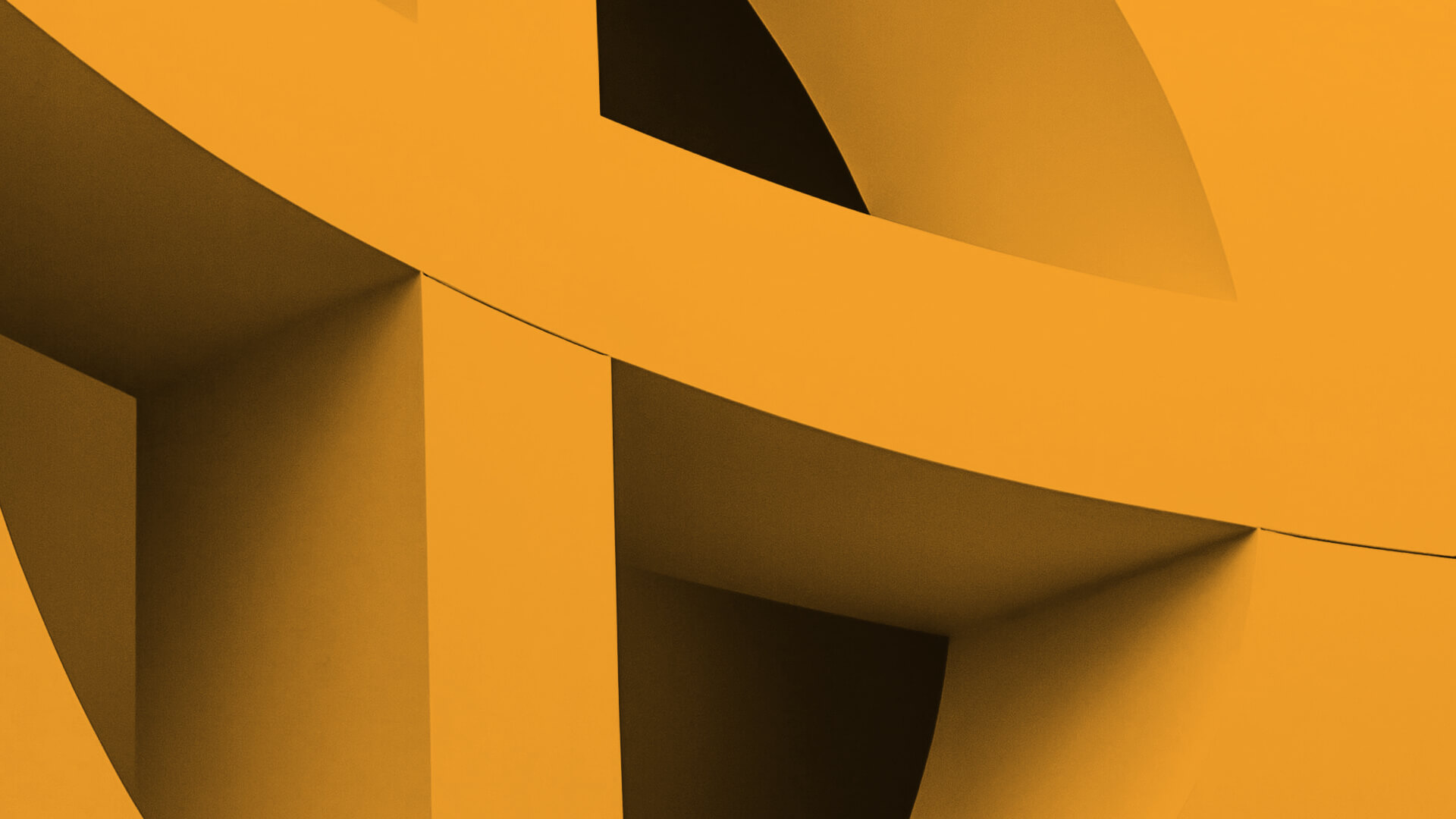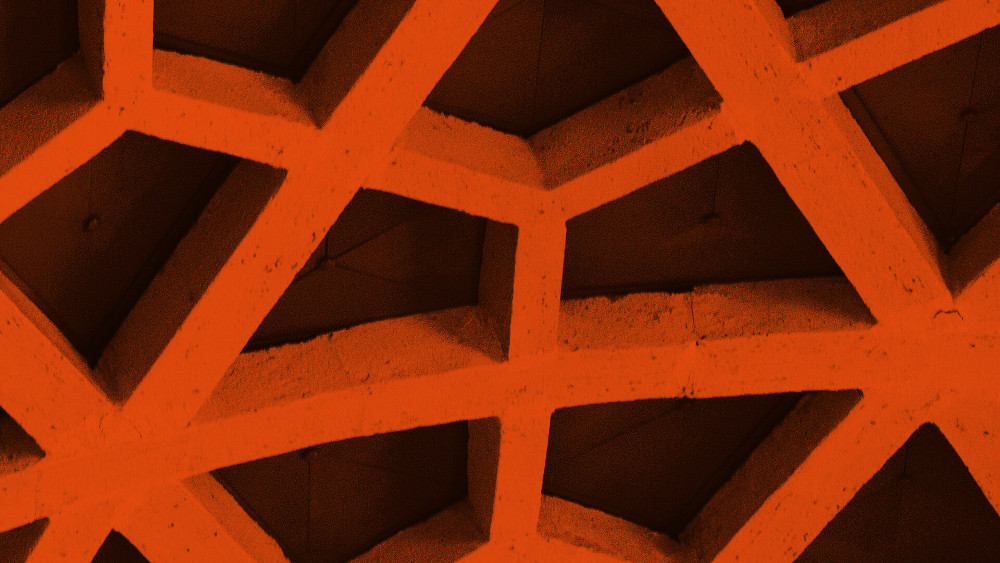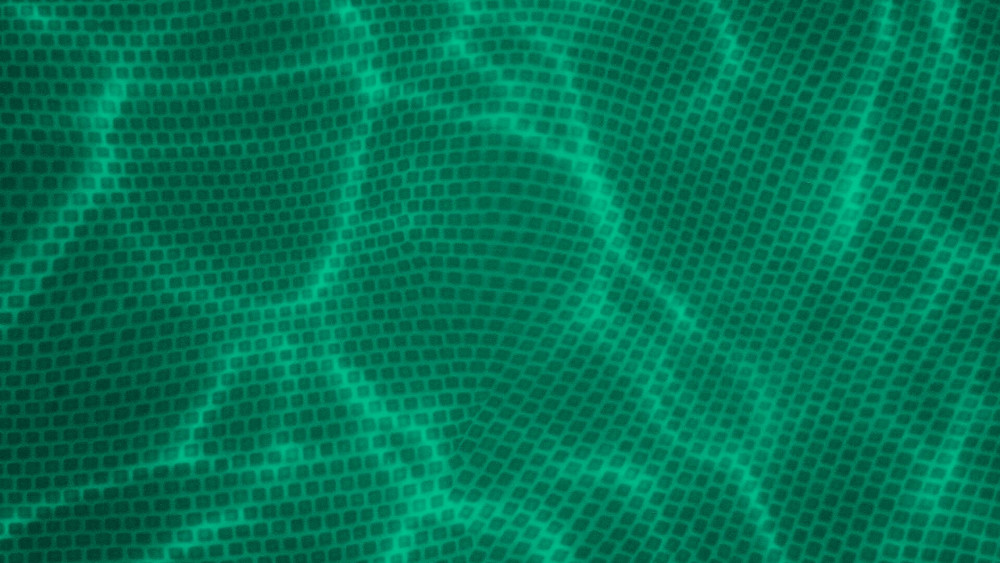Introduction
Identifying junk science is merely the first step of the battle when considering argument approach and courtroom strategy. With this in mind, the main goals are to keep junk science out of the courtroom and, of course, win the litigation outright with its exclusion.
The most common way to challenge an expert’s junk science is through a written Rule 702 motion. This article will focus on in-person methods: Science Days, traditional Rule 702 hearings, and “hot tubbing,” i.e., concurrent Rule 702 hearings. However, no matter the method used to challenge an expert, the standard (at least in federal court) is the same: Rule 702.
In 2023, Federal Rule of Evidence 702 was amended to clarify that the proponent of the expert testimony must demonstrate to the court that it is “more likely than not” that each of the Rule’s requirements is met. The amendment further clarifies that the court must find that the expert’s opinion “reflects a reliable application of reliable principles and methods to the facts of the case.” As the advisory committee observed, “many courts have held that the critical questions of the sufficiency of an expert’s basis and the application of the expert’s methodology are questions of weight and not admissibility.”[1] “These rulings are an incorrect application of Rules 702 and 104(a).”[2] At any Rule 702 hearing, the constant refrain must be this: That it is the court’s imperative to prevent shaky evidence from being presented to the jury under amended Rule 702.
Science Day
A “Science Day” is a court proceeding where both sides have the opportunity to educate the judge regarding the scientific issues of the litigation. More often than not, Science Days occur relatively early in litigation. Science Days have become commonplace in drug, medical device, and exposure litigation, particularly in the MDL setting.
Because they do not exist squarely within the Rules, there are no set guidelines for how a Science Day should proceed. But typically, they are intended to be non-adversarial and involve both sides presenting the scientific and medical issues at play in the litigation. They are usually held off-the-record.
A look at various Science Day orders illustrates the different potential parameters:
- In re: Glugagon-Like Peptide-1 Receptor Agonists (GLP-1 RAS) Prods. Liab. Litig. (E.D. Pa. 2024) – each side was permitted 2.5 hours to present information on the drugs, how they work, their indications and regulatory history, the alleged injuries, and the medical literatures—all limited to publicly available information. The presentations were transcribed, but neither the transcript nor the demonstrative aids could be used for any purpose and were to be treated as strictly confidential.
- In re: Taxotere (Docetaxel) Prods. Liab. Litig. (E.D. La. 2018) – each side submitted a 10-page preliminary statement of the facts and issues to the court, which was not exchanged, not binding on the parties, and not part of the evidence. At the same time, each side could submit two scientific articles “of moderate length” discussing the issues of the litigation. On Science Day, the parties were permitted to make presentations of 1.5 hours each through the direct examination of an expert witness, which could incorporate Powerpoints and other demonstratives, which were not exchanged in advance. The Science Day was off the record and closed to the public, with no transcript made. However, the court left open the option of taking a video for its use only, which was then to be destroyed.
- In re Fluoroquinolone Prods. Liab. Litig. (D. Minn. 2016) – each side was permitted 2 hours to present on the drug and medical condition treated. Powerpoints were submitted but not exchanged in advance. A transcript was taken for the court’s and clerks’ use but was not part of the official record.
Sometimes, a Science Day may include state court judges presiding over concurrent state court proceedings. See In re Invokana (Canagliflozin) Prods. Liab. Litig. (D.N.J. 2017).
In In re Physiomesh Litig. (N.J. MCL 2019), a New Jersey state court litigation that parallelled a federal court MDL, the court requested a “Medicine/Science Tutorial” to “provide The Court with case historical and medical information to familiarize The Court in a broad sense, with the pertinent medical and scientific issues anticipated to be encountered in these cases,” identifying the topics to be addressed.[3] The ground rules were plentiful and detailed. They included (a) presentations to be made by counsel only (no experts involved), (b) in a “non-adversarial format,” with counsel “refrain[ing] from presenting in an argumentative manner,” (c) using demonstrative aids, such as PowerPoints, which were “not” to be exchanged by the parties but “may” be provided to the court ex parte afterwards, and (d) the session would be “off the record” and “closed to the public and to any persons other than the Parties,” with “no court reporter or transcript taken” and no recording (or even telephonic access) permitted. Each side was given 1-1/2 hours. The court reminded the parties that nothing presented at the session “shall be discoverable, admissible, used in any fashion for impeachment purposes or for collateral attack on any presenter’s case, shared beyond the instant litigation, or used for any purpose other than for this Court’s benefit to gather informal knowledge at the Medicine/Science Tutorial Session.”
As to timing, courts will most often hold Science Days at the relative outset of the litigation, though others will have them closer to bellwether trials. Because of this timing, Science Day is critical because it is often your first opportunity to educate the judge regarding junk science that may be present in the litigation.
There is a significant strategic issue that defendants need to weigh before requesting a Science Day. Because rules of evidence do not govern these appearances in the courtroom, they can devolve into lawyer grandstanding where presentations consist of rhetoric, argument, and statements about the science not tethered to the truth. Defense counsel will rarely be permitted to object when a plaintiff lawyer misstates or, even worse, misrepresents the scientific data. A far more common phenomenon occurs when counsel oversimplifies the medical and scientific landscape in the litigation, making it sound as if general causation in the matter is a no-brainer.
Science, however, is never a no-brainer. Human disease is complex. The known interaction between genetics and environmental factors does not prove that the exposure in this matter causes the alleged injury. Epidemiological and toxicological datasets require painstaking digging into important details that dictate reliability (e.g., confounders, biases, and statistical significance in the former; doses, replication, and translational relevance in the latter). The essential problem with Science Day is that time-limited summary presentations made by advocates without expert input prevent a deep dive into the data and the methodologies employed. Ironically, a judge could easily leave Science Day remembering the advocacy, not the science itself.
Rule 702 Hearings
After Rule 702 motions are filed, courts may—sua sponte or at the request of the parties—hold Rule 702 hearings. For reasons others have explained well,[4] it is preferred to call these “Rule 702” hearings rather than “Daubert” hearings. As with Science Days, sometimes a Rule 702 hearing is coordinated between the federal and state judges.[5] This is encouraged in the Manual for Complex Litigation.[6]
Rule 702 hearings can take many shapes. They include:
- Arguments by counsel only. In this instance, the court will hear from each sides’ advocates after full submission of Daubert Rule 702 motion papers.
- Full live examination of expert. In this approach, the challenged expert testifies live in the courtroom. A direct, cross, and redirect examination occur. The court may invite the challenging party to bring its own experts to support the challenge. Plaintiffs frequently contest this approach as expensive, burdensome, and unfair, but courts that wish to make a thorough record will set aside the time to allow a full-blown hearing.
- Partial live examination of expert. Where a court is reluctant to impose the cost of a full-blown hearing on a party or expresses concern (sometimes manifested as reluctance) over how much court time a hearing will take, an alternative can be suggested. Rather than require the expert to give direct testimony live in the courtroom, the court can require the expert’s sponsoring party to submit direct testimony in writing before the hearing. This can shorten a hearing from a full day to a half day. This has the advantage of preserving the evidentiary nature of the hearing, smoking out the sponsoring party’s willingness to go “all the way” with the expert, and starting the hearing with cross-examination of an expert’s weaknesses.
As one judge’s Standing Order stated, a Rule 702 hearing “is not a forum to develop the expert’s testimony for any purpose other than evaluating its admissibility.”[7]
“Hot-Tubbing” Experts
Now there’s a visual. Also known as “Concurrent Expert Evidence” or “witness conferencing,” “hot-tubbing” refers to the practice where two or more experts appear simultaneously and are allowed to engage with each other regarding their theories. Most typically, the judge is in the hot tub with the experts to direct the discussion (add that to your visual).
Hot-tubbing with experts is generally understood to have originated in Australia.[8] It was introduced in the 1970s for expert economic evidence and has now spread to other areas such that in Australia, it is now “the norm rather than the exception.” It has also spread to other common law countries such as Canada, the U.K., Singapore, and New Zealand, and it is frequently used in international arbitrations.[9]
The Honorable Peter Heerey, former Judge of the Federal Court of Australia, described the Australian procedure as follows:
This procedure involves the parties’ experts giving evidence at the same time. Written statements will have been filed prior to trial. After all the lay evidence on both sides has been given, the experts are sworn in and sit in the witness box—or at a suitably large table which is treated notionally as the witness box. They do not literally sit in a hot tub. Constraints of propriety and court design dictate a less exciting solution. A day or so previously, each expert will have filed a brief summary of his or her position in light of all the evidence so far. In the box, the plaintiff’s expert will give a brief oral exposition, typically for 10 minutes or so. Then the defendant’s expert will ask the plaintiff’s expert questions directly, without the intervention of counsel. Then, the process is reversed. In effect, a brief colloquium takes place. Finally, each expert gives a brief summary. When all this is completed, counsel cross-examine and re-examine in the conventional way.[10]
The practice is not as prevalent in the United States. Though the procedure is not explicitly provided for in the rules, neither is a Rule 702 hearing or a Science Day. Federal Rule of Evidence 611 certainly gives the court discretion to hot-tub, allowing courts “control over the mode and order of examining witnesses and presenting evidence so as to … make those procedures effective for determining the truth and avoid wasting time.” Federal Rule of Evidence 614 gives the judge the authority to examine any witness. And Federal Rule of Evidence 104 states that the court “must” conduct a hearing on a preliminary question such as whether a witness is qualified as justice so requires.
Judge Donato of the Northern District of California has used hot-tubbing in a number of antitrust matters and has found it “an invaluable tool for vetting Daubert issues and determining questions of class certification.”[11] It has also been used in other types of class actions.[12]
Hot-tubbing has been used in product liability cases, though not with great frequency. Although not precisely hot-tubbing, the court took a similar approach in Hall v. Baxter Healthcare Corp., which involved claims related to silicone breast implants.[13] There, an independent panel of advisors to the court was appointed and held a four-day Rule 104 hearing, where the parties’ experts were subjected to questioning by counsel, the court, and the technical advisors. The parties submitted videotaped summations for the technical advisors’ review and proposed questions to guide the technical advisors. At the conclusion of this process, the court ultimately excluded plaintiffs’ general causation opinions.
Concurrent expert testimony was also used in In re: Welding Fumes Prods. Liab. Litig.[14] Initially, the court held a traditional Rule 702 hearing, at which the court heard separately from the plaintiffs’ and defendants’ neurology experts, who the court deemed both “extremely well-qualified” but “expressed dramatically different views regarding whether manganese exposure can cause [Parkinson’s Disease].”[15] After that, the court ordered an additional day of hearings in the hot-tub format, where the experts appeared simultaneously to answer questions from the court and to respond to each other’s opinions. The court stated that this approach was “extremely valuable and enlightening,” though it ultimately denied the defendants’ Rule 702 challenge.[16]
Attorneys are often wary of the hot-tubbing approach because it requires relinquishing some control over the process, which advocates are typically not inclined to do. But with the right case and the right experts, it is certainly worth considering a jump into the tub.
Conclusion
There is no one-size-fits-all strategy for pressure-testing junk science in the courtroom. Whether you want to rest on the papers, hold a traditional Rule 702 hearing, get in the hot tub, hold a Science Day, or some combination of the above is a case-specific analysis made in consideration of the science, the judge, the advocates, and the experts. Or you may have no choice in the matter if the court demands a certain method. The primary goal is to win the entire litigation on the experts or at least keep the junk science from reaching the jury. But win, lose, or draw, in-person hearings about complex scientific issues are an invaluable opportunity to make your first opening statement on the science before the judge.
[1] Fed. R. Evid. 702 advisory committee’s note to 2023 amendment.
[2] Id.
[3] See Case Management Order No. 8, In re Physiomesh, ATL-L-002122-18 (N.J. Sup. Ct. L. Div. Atl. Cnty. May 8, 2019).
[4] See www.dontsaydaubert.com (last accessed Dec. 8, 2024).
[5] See, e.g., In re Bausch & Lomb, Inc. Contact Lens Solution Prods. Liab. Litig., MDL No. 1785, 2009 WL 2750462 (D.S.C. Aug. 2009).
[6] See Manual for Complex Litigation (4th ed.) § 22.87 (“In scheduling Daubert proceedings in a dispersed mass tort case, an MDL judge should explore opportunities to coordinate scheduling with state courts handling parallel cases.1434 Federal and state judges have successfully conducted joint Daubert hearings creating a record that other judges might use”).
[7] See Standing Order, Judge Amy St. Eve, available at https://www.ilnd.uscourts.gov/_assets/_documents/_forms/_judges/St_Eve/Daubert%20Standing%20Order.pdf (last accessed Dec. 8, 2024). Judge St. Eve is now a judge on the U.S. Court of Appeals for the Seventh Circuit.
[8] Adam Elliott Butt, Concurrent Expert Evidence in U.S. Toxic Harms Cases and Civil Cases More Generally: Is There A Proper Role for “Hot Tubbing”?, 40 Hous. J. Intl. L. 1, 10 (2017).
[9] Id.
[10] Lisa C. Wood, Experts in the Tub, 21 Antitrust 95 (Summer 2007) (quoting The Hon. Mr. Justice Peter Heerey, Expert Evidence: The Australian Experience, 7 B. Rev. 166, 170 (2002)).
[11] In re Google Play Store Antitrust Litig., No. 20-CV-05761-JD, 2022 WL 17252587, at *3 (N.D. Cal. Nov. 28, 2022).
[12] See, e.g., Cole’s Wexford Hotel, Inc. v. Highmark, Inc., No. 2:10-CV-01609-JFC, 2019 WL 3778090, at *4 (W.D. Pa. May 31, 2019) (class action claiming anti-competitive conspiracy against insurer and hospital system).
[13] 947 F. Supp. 1387 (D. Or. 1996).
[14] In re Welding Fume Products Liab. Litig., No. 1:03-CV-17000, 2005 WL 1868046 (N.D. Ohio Aug. 8, 2005).
[15] Id. at *23 n.39.
[16] Id.
Finis


